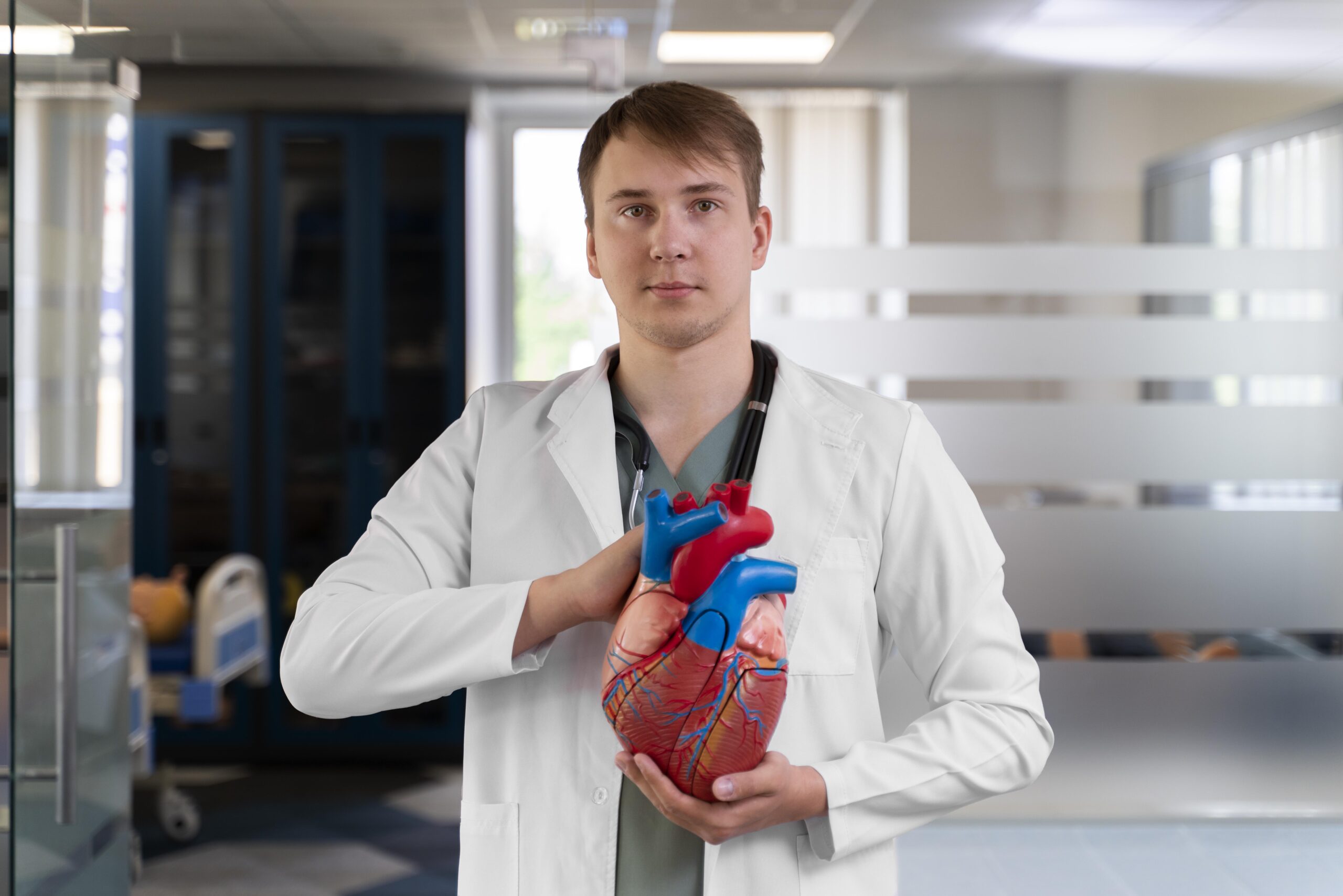Introduction
The human heart is an incredibly powerful organ that works tirelessly to ensure blood circulates throughout our bodies. It is crucial to our survival, but unfortunately, various cardiovascular events can endanger its proper function. Among these events, heart attacks and cardiac arrests are two of the most dreaded. In this blog, we will delve into the critical differences between these two conditions and explore essential strategies for maintaining a heart-healthy lifestyle.
Heart attack vs cardiac arrest
Heart attack
A heart attack, medically referred to as a myocardial infarction, is a serious condition that happens when a portion of the heart’s muscle is deprived of oxygen-rich blood due to a blockage in one or more coronary arteries. These arteries are responsible for supplying the heart with the necessary nutrients and oxygen it needs to function properly. When a blood clot obstructs the flow of blood to a part of the heart muscle, it can result in damage or death of the affected tissue. This can have severe consequences on the overall health and well-being of the individual and must be addressed promptly.
Symptoms: Chest pain or discomfort, shortness of breath, fatigue, nausea, and pain or discomfort in the arms, back, neck, jaw, or stomach.
Causes: Atherosclerosis (buildup of plaque in arteries), blood clot formation, and coronary artery spasm.
Immediate Action: Seek emergency medical attention promptly. Early intervention can limit heart muscle damage.
Cardiac Arrest
Cardiac arrest is a medical emergency that involves a sudden cessation of normal heart function, which can happen without any warning signs. This condition occurs when the electrical signals that control the heartbeat become disorganized, leading to an abnormal heart rhythm (arrhythmia). This irregular rhythm can cause the heart to stop beating altogether, which can lead to a lack of oxygenated blood flow to the body’s vital organs, such as the brain and lungs. Prompt medical attention is crucial in treating cardiac arrest to restore the heart’s normal rhythm and prevent further complications.
Symptoms: Sudden loss of responsiveness, absence of normal breathing, and no pulse.
Causes: Ventricular fibrillation (a chaotic, rapid heartbeat), heart attack, drowning, electrocution, or trauma.
Immediate action: Perform CPR (cardiopulmonary resuscitation) and use an automated external defibrillator (AED) if available. Seek emergency medical help urgently.
Maintaining a Healthy Heart:
- Emphasize fruits, vegetables, whole grains, and lean proteins.
- Limit saturated and Tran’s fats, cholesterol, sodium, and added sugars.
- Choose heart-healthy fats, such as those found in olive oil, avocados, and nuts.
Adopt a healthy lifestyle
- Engage in at least 150 minutes of moderate-intensity aerobic exercise or 75 minutes of vigorous-intensity exercise per week.
- Include strength training exercises at least twice a week.
Regularize physical activity
- Practice relaxation techniques like deep breathing, meditation, or yoga.
- Maintain a healthy work-life balance and prioritize self-care.
Manage Stress
- Practice relaxation techniques like yoga, deep breathing, or meditation.
- Maintain a healthy work-life balance and prioritize self-care.
Quit smoking
- Smoking is a significant risk factor for heart disease. Quitting reduces the risk and improves overall cardiovascular health.
Limit alcohol
- If you choose to drink, do so in moderation. For most adults, this means up to one drink per day for women and up to two drinks per day for men.
Regular Health checkups
- Monitor blood pressure, cholesterol levels, and blood sugar regularly.
- Discuss any concerns or family history of heart disease with your healthcare provider.
Conclusion
It’s essential to comprehend the dissimilarities between a heart attack and cardiac arrest to be able to identify symptoms accurately and react appropriately. In addition, embracing a heart-healthy lifestyle that includes a balanced diet, regular physical activity, stress management, and steering clear of harmful habits is equally critical. By giving priority to our heart’s health, we can significantly reduce the likelihood of experiencing cardiovascular issues and lead a more vibrant, longer life. Therefore, it’s crucial to bear in mind that a healthy heart is a happy heart.

